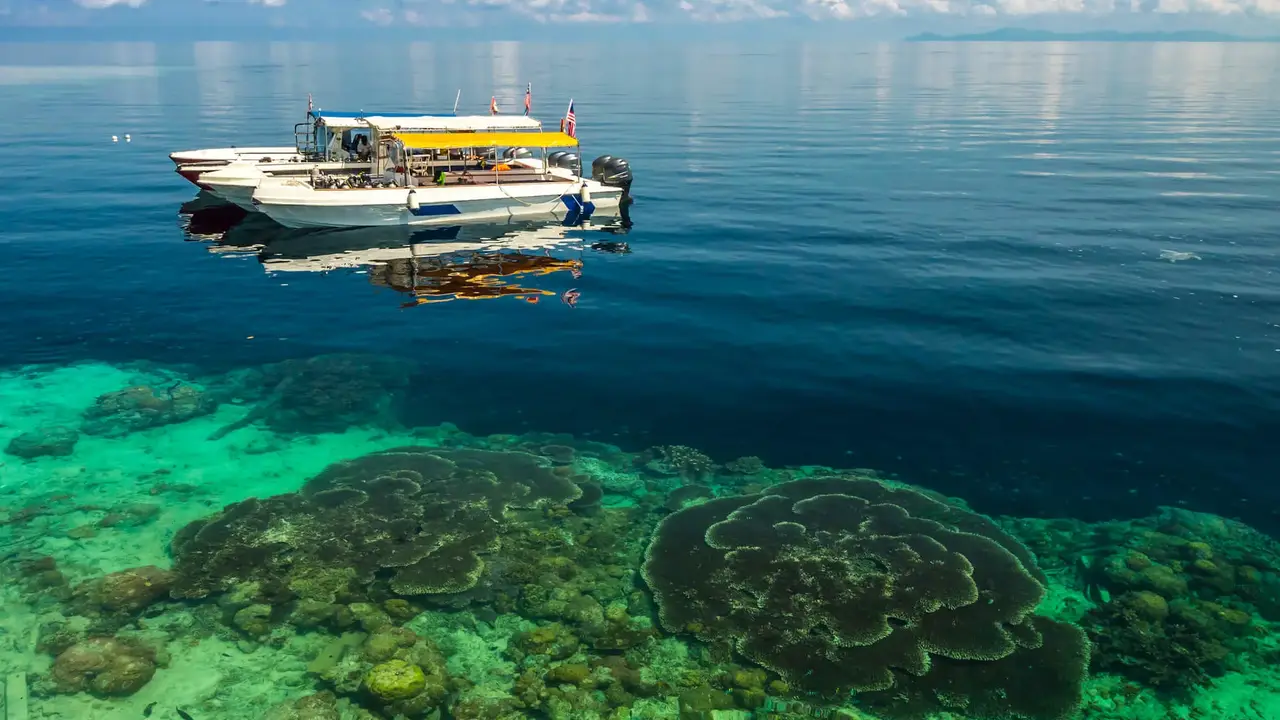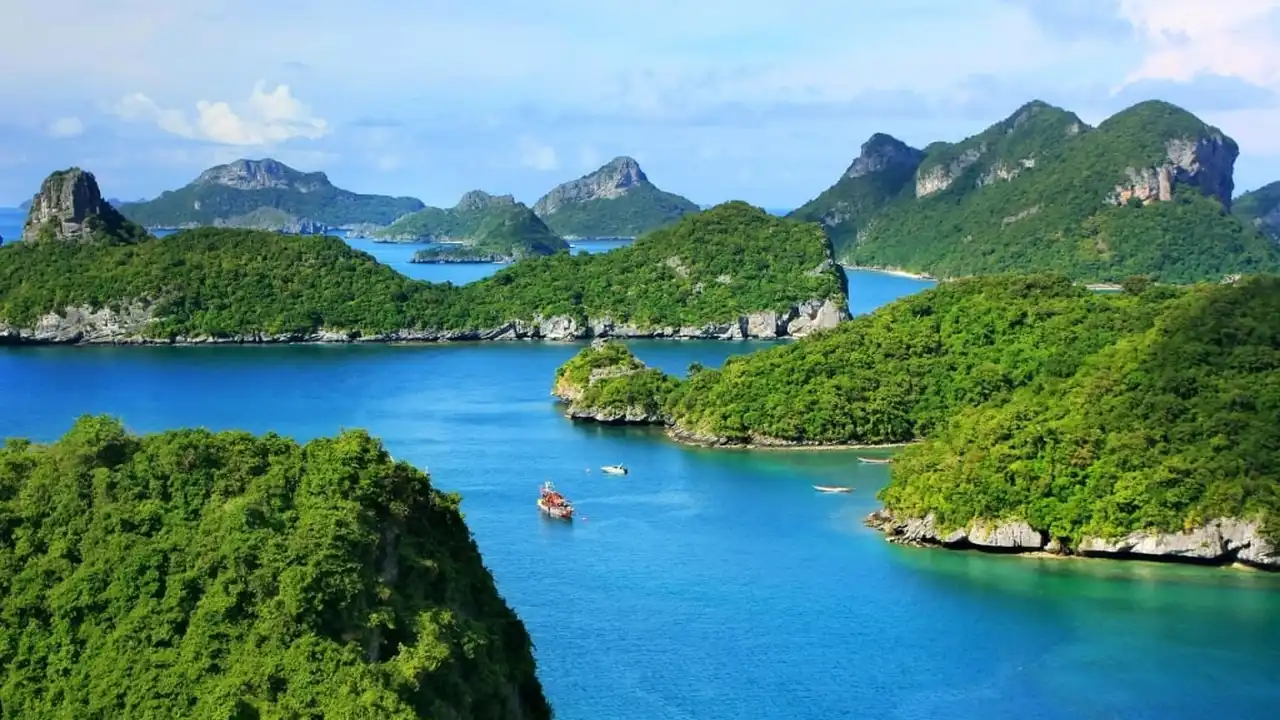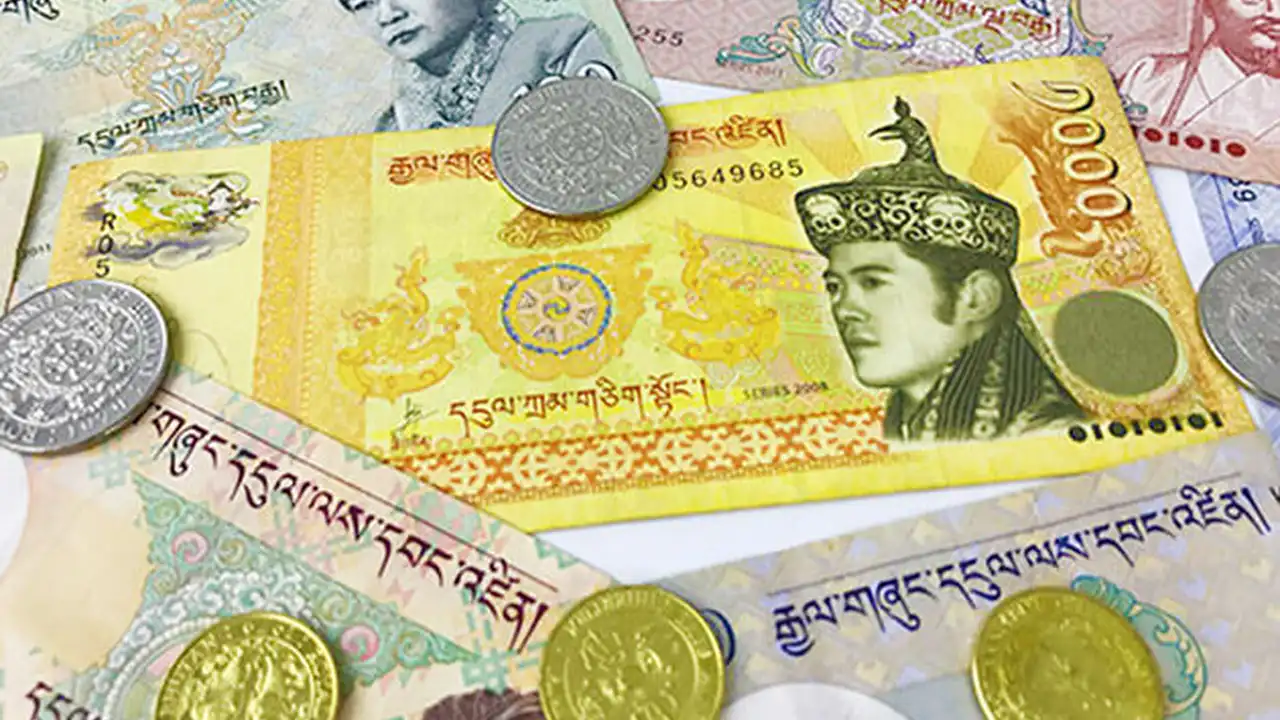Best Diving Spots in Southeast Asia

Southeast Asia Diving Hotspots Overview and Top Destinations
Alright, diving enthusiasts, listen up! Southeast Asia is practically a synonym for underwater paradise. We're talking crystal-clear waters, vibrant coral reefs teeming with life, and some seriously epic dive sites that'll leave you breathless (in a good way, of course!). From Thailand's Similan Islands to Indonesia's Raja Ampat, the options are overwhelming. So, let's break down some of the absolute best diving spots this incredible region has to offer.
Thailand: Similan Islands – A Diver's Dream
The Similan Islands, off the coast of Thailand, are legendary for a reason. The visibility here is insane, often exceeding 30 meters (100 feet). You'll encounter everything from tiny nudibranchs to massive whale sharks. Richelieu Rock, a submerged pinnacle, is a particular highlight, attracting manta rays and all sorts of pelagic creatures. Expect strong currents at times, making it better suited for experienced divers. Liveaboards are the best way to experience the Similans, allowing you to access the best dive sites over several days.
Indonesia: Raja Ampat – Biodiversity at its Finest
Raja Ampat, located in West Papua, Indonesia, is considered the epicenter of marine biodiversity. The sheer number of species you'll encounter here is mind-boggling. Soft corals explode with color, schools of fish shimmer in the sunlight, and you might even spot walking sharks (yes, really!). Dive sites like Cape Kri and Blue Magic are renowned for their incredible fish life. Raja Ampat is a bit more remote and can be expensive to get to, but the reward is well worth the effort. Liveaboards and land-based resorts both offer diving trips.
Philippines: Tubbataha Reefs Natural Park – A World Heritage Site
Tubbataha Reefs Natural Park, a UNESCO World Heritage Site in the Philippines, is a protected area teeming with life. Located in the middle of the Sulu Sea, it's accessible only by liveaboard during a limited season (usually March to June). Expect to see sharks (hammerheads, tiger sharks, whale sharks), manta rays, and huge schools of fish. The pristine condition of the reefs is truly remarkable. This is a bucket-list destination for serious divers.
Malaysia: Sipadan Island – A Protected Paradise
Sipadan Island, off the coast of Malaysian Borneo, is a tiny island surrounded by incredibly rich waters. It used to be possible to stay on the island, but now all accommodation is located on nearby islands, ensuring the protection of the environment. Barracuda Point is a famous dive site, known for its massive swirling schools of barracuda. You'll also encounter turtles, sharks, and plenty of reef fish. Permits are required to dive at Sipadan, and the number of permits issued each day is limited, so book well in advance.
Essential Diving Gear and Product Recommendations for Southeast Asia
Okay, so you're heading to Southeast Asia to dive? Awesome! But before you jump in, you'll need the right gear. Let's talk about some essentials and some specific product recommendations to make your diving experience safer and more enjoyable.
Dive Computer: Tracking Depth, Time, and More
A dive computer is non-negotiable. It tracks your depth, bottom time, ascent rate, and decompression status, helping you avoid decompression sickness (the bends). It's essentially your underwater lifeline.
Product Recommendation: Shearwater Peregrine
The Shearwater Peregrine is a fantastic entry-level dive computer that's easy to use and packed with features. It has a bright, clear display, multiple dive modes (air, nitrox, gauge), and a long battery life. It's also air-integrated ready, meaning you can add a transmitter to monitor your tank pressure wirelessly. Price: Around $500. Ideal for recreational divers who want a reliable and easy-to-use computer.
Product Recommendation: Garmin Descent Mk2i
If you're a more advanced diver or want a computer with all the bells and whistles, the Garmin Descent Mk2i is a great choice. It has a built-in GPS, heart rate monitor, and the ability to track your location underwater. It also supports multiple gas mixes and has a sophisticated decompression algorithm. Plus, it can be used as a smartwatch on land. Price: Around $1500. Ideal for technical divers and those who want a versatile dive computer.
Dive Computer Comparison: Peregrine vs. Descent Mk2i
The Shearwater Peregrine is the more budget-friendly option and is perfect for recreational divers. It's simple to use and provides all the essential information you need for safe diving. The Garmin Descent Mk2i is a more advanced computer with a higher price tag. It offers more features, such as GPS, heart rate monitoring, and support for multiple gas mixes. Choose the Peregrine if you're looking for a reliable and affordable computer, and the Descent Mk2i if you want a top-of-the-line computer with all the latest technology.
Wetsuit: Staying Warm in Tropical Waters
While Southeast Asia has warm waters, you'll still want a wetsuit to protect you from the sun, scrapes, and stings, and to help you maintain a comfortable body temperature during longer dives.
Product Recommendation: Scubapro Definition 3mm Wetsuit
The Scubapro Definition 3mm wetsuit is a popular choice for diving in tropical waters. It's made from high-quality neoprene that provides excellent insulation and flexibility. It also has a comfortable plush lining and durable construction. Price: Around $250. Ideal for divers who want a comfortable and durable wetsuit for warm-water diving.
Product Recommendation: O'Neill Reactor II 2mm Spring Suit
If you prefer something less restrictive, a spring suit like the O'Neill Reactor II 2mm can be a good option. It provides core warmth while leaving your arms and legs free. It's also a good choice for snorkeling or other water sports. Price: Around $100. Ideal for divers who want maximum freedom of movement and don't need as much thermal protection.
Wetsuit Comparison: Scubapro Definition vs. O'Neill Reactor II
The Scubapro Definition 3mm wetsuit provides more thermal protection and is more durable than the O'Neill Reactor II spring suit. However, the O'Neill Reactor II offers greater freedom of movement. Choose the Scubapro Definition if you tend to get cold easily or plan on doing a lot of diving. Choose the O'Neill Reactor II if you prioritize comfort and flexibility.
Mask, Snorkel, and Fins: Seeing and Moving Underwater
These are the basics! A good-fitting mask is crucial for clear vision underwater, and fins will help you move efficiently through the water.
Product Recommendation: Cressi Palau Long Fins
The Cressi Palau Long Fins are adjustable fins that are great for both diving and snorkeling. They're comfortable to wear and provide good propulsion. Price: Around $50. Ideal for beginners and those who want versatile fins.
Product Recommendation: Atomic Aquatics Venom Mask
The Atomic Aquatics Venom Mask is a high-quality mask with a wide field of vision and a comfortable fit. It's made from durable materials and is designed to last. Price: Around $150. Ideal for divers who want a premium mask with excellent visibility.
Product Recommendation: IST Proline Snorkel
The IST Proline Snorkel is a simple and reliable snorkel with a purge valve that makes it easy to clear water. Price: Around $25. Ideal for all divers and snorkelers.
Mask, Snorkel, and Fins Comparison
The Cressi Palau Fins are great for beginners and casual users, offering good value and adjustability. The Atomic Aquatics Venom Mask provides superior visibility and comfort for more serious divers. The IST Proline Snorkel is a standard, reliable option for all. Consider your budget and diving frequency when making your choice.
Dive Site Specific Gear Considerations and Recommendations
Not all dive sites are created equal! Depending on where you're diving in Southeast Asia, you might need some specialized gear.
Current Hooks: For Strong Currents
In areas with strong currents, like the Similan Islands or some parts of Raja Ampat, a current hook can be a lifesaver. It allows you to hook onto a rock or reef and stay in place to observe marine life without fighting the current.
Product Recommendation: XS Scuba Deluxe Reef Hook
The XS Scuba Deluxe Reef Hook is a sturdy and reliable hook with a comfortable handle and a strong line. Price: Around $30. Ideal for diving in areas with strong currents.
Reef Safe Sunscreen: Protecting the Reefs
It's crucial to protect yourself from the sun, but traditional sunscreen can damage coral reefs. Choose a reef-safe sunscreen that doesn't contain harmful chemicals like oxybenzone and octinoxate.
Product Recommendation: Stream2Sea Sunscreen
Stream2Sea Sunscreen is a reef-safe sunscreen that provides broad-spectrum protection without harming marine life. Price: Around $20. Essential for all divers who care about protecting the environment.
Dive Knife or Cutting Tool: For Safety
A dive knife or cutting tool can be essential for safety, allowing you to cut yourself free from entanglement in fishing lines or nets.
Product Recommendation: Underwater Kinetics Remora Titanium Dive Knife
The Underwater Kinetics Remora Titanium Dive Knife is a small, lightweight knife that's made from corrosion-resistant titanium. Price: Around $50. A valuable safety tool for all divers.
Diving Certification and Skill Level: Are You Ready?
Before you dive into the amazing waters of Southeast Asia, make sure you have the appropriate certification and skill level. Some dive sites are suitable for beginners, while others require advanced training and experience.
Open Water Certification: The First Step
An Open Water certification is the basic certification required to dive independently. It teaches you the fundamentals of diving, including equipment use, buoyancy control, and safety procedures.
Advanced Open Water Certification: Expanding Your Skills
An Advanced Open Water certification builds upon the skills you learned in Open Water and introduces you to more advanced diving techniques, such as deep diving and underwater navigation.
Specialty Certifications: Focusing on Specific Interests
There are many specialty certifications available, such as Nitrox, Wreck Diving, and Underwater Photography. These certifications allow you to focus on specific areas of interest and further develop your diving skills.
Booking Your Dive Trip: Liveaboards vs. Land-Based Resorts
When planning your dive trip to Southeast Asia, you'll need to decide whether to stay on a liveaboard or at a land-based resort.
Liveaboards: Diving Non-Stop
Liveaboards are boats that are specifically designed for diving. They offer multi-day trips to remote dive sites that are not easily accessible from land. Liveaboards typically include all meals, accommodation, and diving activities.
Land-Based Resorts: Comfort and Convenience
Land-based resorts offer a more comfortable and convenient option for diving. You can stay in a hotel or resort and take daily dive trips to nearby dive sites.
Staying Safe While Diving: Important Considerations
Diving is an amazing activity, but it's important to stay safe. Here are some important considerations:
Dive Within Your Limits
Never dive beyond your certification level or experience. Choose dive sites that are appropriate for your skill level.
Check Your Gear
Always check your gear before each dive to make sure it's in good working order.
Dive with a Buddy
Always dive with a buddy and stay close to each other throughout the dive.
Monitor Your Air Supply
Keep a close eye on your air supply and make sure you have enough air to safely complete the dive.
Ascend Slowly
Ascend slowly from each dive and make a safety stop at 5 meters (15 feet) for 3 minutes.
:max_bytes(150000):strip_icc()/277019-baked-pork-chops-with-cream-of-mushroom-soup-DDMFS-beauty-4x3-BG-7505-5762b731cf30447d9cbbbbbf387beafa.jpg)






